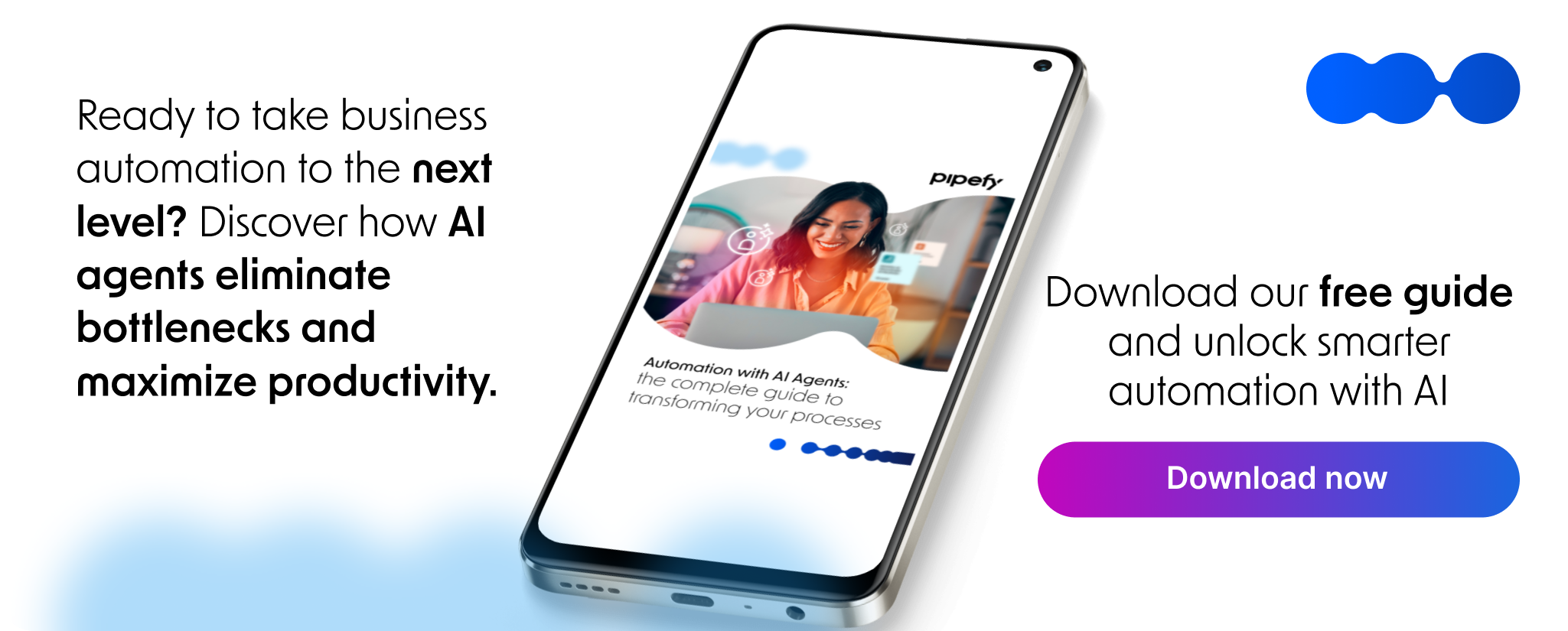
FNOL reporting (the First Notice of Loss process) is one of the most critical and time-sensitive workflows in the insurance industry. However, it remains one of the most inconsistent. From disconnected communication channels to manual data entry and unstructured documentation, traditional insurance claim intake often turns into a bottleneck that impacts customer satisfaction, compliance, and operational efficiency.
A poorly designed FNOL process delays claims resolution, creates internal confusion, and generates compliance risks. On the other hand, using digital forms and automated workflows transforms the way insurers capture and act on critical information.
This article explores how insurers can streamline FNOL reporting through structured forms automation and intelligent workflow management tools, enabling faster, more accurate, and auditable claim processing.
Why Is FNOL Still So Manual?
Despite its strategic importance, FNOL workflows in many insurance companies still rely heavily on:
- Email exchanges and call center notes
- Paper forms scanned and uploaded
- Manual data entry into core systems
This reliance on outdated methods leads to several common problems:
- Data inconsistency between intake channels
- Slow case creation due to back-and-forth communication
- Errors and omissions in critical claim data
- Lack of real-time visibility into claim status
Insurers that depend on manual FNOL reporting are often reactive instead of proactive, managing exceptions rather than preventing them.
What Should an Ideal FNOL Intake Workflow Look Like?
Let’s define the key attributes of a modern, automated FNOL intake and compare them to the manual process:
| Feature | Manual FNOL Process | Automated FNOL Workflow |
| Data Capture | Free-text emails, calls | Structured digital forms |
| Routing | Manual task assignment | Rules-based routing to teams |
| Visibility | Siloed and unclear | Real-time status tracking |
| Auditability | Limited traceability | Full digital audit trail |
| Customer Experience | Delays and repetition | Fast and transparent |
Digital transformation of FNOL is not about replacing people, but empowering teams with forms automation and intelligent routing to ensure every claim starts on the right track.
Read more: Claims Journey: What Changes After FNOL Automation?
The Role of Digital Forms in Insurance Claim Intake
Digital forms insurance processes replace paper and emails with structured, validated input from the first interaction. By designing forms with logic rules, mandatory fields, and dynamic sections, insurers reduce errors and collect the right information at the right time.
Digital forms enable:
- Omnichannel claim intake from customers, brokers, or partners
- Conditional logic that adjusts questions based on context
- File uploads for photos, police reports, or supporting documents
- Automatic data validation to avoid incomplete submissions
They can be embedded in portals, triggered via chatbots, or sent directly to customers after an incident. This provides flexibility while ensuring standardized intake.
Sample Scenario: A Mid-Sized Auto Insurer
Let’s consider a hypothetical example. Imagine a mid-sized auto insurer that receives thousands of FNOL submissions monthly. Each submission arrives in different formats (PDF attachments, emails, phone calls) and is manually transcribed into their claims system.
This leads to slow response times, inconsistent claim records, and low first-contact resolution rates.
To solve this, the insurer implements Pipefy to create a unified, no-code FNOL intake workflow:
- A digital form is created for customers, with logic to capture incident type, location, driver details, and attachments
- Submissions automatically create a new case in Pipefy, assigned to the right claims handler based on region and severity
- The system sends automated updates to customers and internal teams at each step
- All actions are logged, creating a compliant and auditable process
If successfully adopted, the company could reduce average claim intake time from 48 hours to under 2 hours, while boosting customer satisfaction and reducing manual errors.
FNOL Reporting as Part of Workflow and Case Management
FNOL is only the beginning of the claims lifecycle. By embedding FNOL reporting into a broader workflow and case management system, insurers can orchestrate the entire claims process, from intake to resolution.
This means:
- Automating handoffs between departments (e.g., intake, validation, adjustment, legal)
- Triggering alerts for missing information or SLA violations
- Providing real-time dashboards for managers to monitor performance
- Maintaining a full audit trail for compliance and audits
With platforms like Pipefy, workflows are not coded but designed visually. This enables insurance ops teams to create, test, and iterate on claim workflows on their own, without IT support.
Common Challenges When Digitizing FNOL
While the benefits are clear, digitizing FNOL processes comes with typical barriers:
- Resistance to change from teams used to manual workflows
- Disparate systems that require integration (e.g., CRM, policy admin)
- Regulatory requirements for documentation and data retention
Thus, overcoming these challenges may require:
- Strong executive sponsorship
- Clear goals and metrics (e.g., reduce intake time by X%)
- User-friendly tools with intuitive UX
- A phased rollout starting with high-impact claims types
Key Metrics to Track FNOL Success
To measure improvements in FNOL reporting, insurers should monitor:
| Metric | Definition |
| Average Intake Time | Time from FNOL submission to case creation |
| First Contact Resolution | Percentage of claims resolved with no follow-up |
| Intake Accuracy | Share of submissions with complete and correct data |
| SLA Compliance | Percentage of claims processed within required timeframe |
| Customer Satisfaction (CSAT) | Ratings after submitting an FNOL |
Tracking these metrics can help teams identify process gaps and demonstrate ROI from automation efforts.
Future Trends: AI and Embedded Intelligence in FNOL
The next step beyond forms automation is embedding AI into the FNOL process:
- Document processing to extract data from photos or reports
- Natural Language Understanding (NLU) to interpret text submissions
- AI routing based on claim severity or sentiment analysis
For example, a platform like Pipefy can integrate with OCR and LLM models to auto-categorize claims and suggest next actions.
According to McKinsey, insurers adopting AI in claims management could reduce operational costs by up to 30% while increasing accuracy and compliance.
Read more: AI Agents for Insurance Companies: How They Help in Fraud Detection
FAQ: Simplifying FNOL Reporting with Forms
1. What is FNOL reporting in insurance?
It refers to the First Notice of Loss, the initial report made by a policyholder after a loss event. It’s the entry point for the claims process.
2. Why are digital forms important in FNOL?
Digital forms ensure structured, complete, and validated data intake, reducing errors and speeding up case creation.
3. Can FNOL workflows integrate with core insurance systems?
Yes. Platforms like Pipefy offer integration with CRMs, policy management, and document repositories.
4. How can insurers ensure compliance when automating FNOL?
By maintaining digital audit trails, access controls, and document versioning through secure platforms.
5. Does automation mean fewer jobs for claims teams?
No. Automation reduces repetitive work, allowing claims professionals to focus on complex cases and customer support.
How Pipefy Helps You Automate FNOL Workflows
Pipefy is a no-code automation platform that empowers insurance teams to design, test, and scale processes like FNOL reporting without writing a single line of code. It combines forms automation, workflow/case management, and AI capabilities to deliver operational control with enterprise security.
With Pipefy, you can:
- Build custom digital intake forms for FNOL
- Automate claim creation and triage workflows
- Ensure SLA compliance with alerts and dashboards
- Integrate with policy, CRM, and DMS platforms
- Empower teams to evolve processes in real-time
Click the button below to book a demo and see how Pipefy can help simplify FNOL reporting and build smarter, auditable claims workflows:







